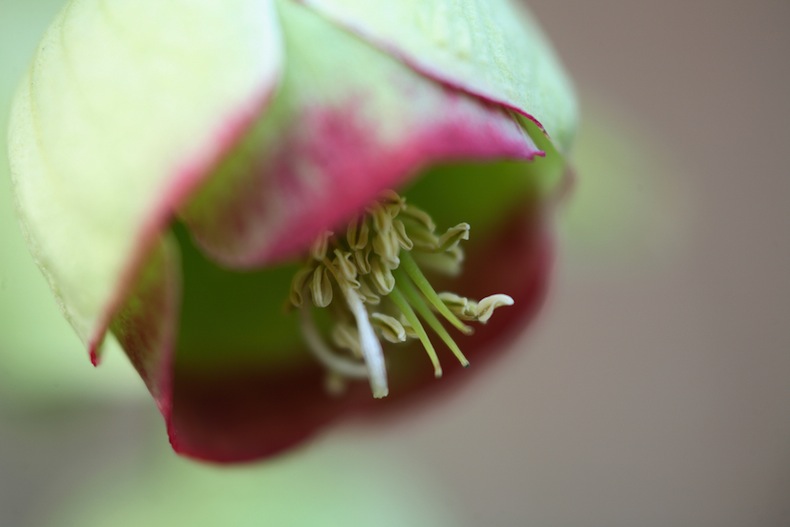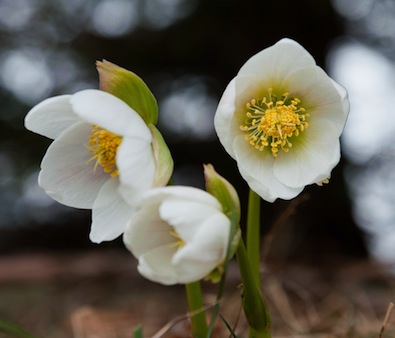
Winter is settling in: the air is nippy, branches are bare, and wearing open-toed shoes is now out of the question. During a recent visit to a horticulture centre, though, I was impressed to see that many flowers in their gardens still bloomed. Cheery red blossoms, gold-centered asters, and frilly magenta petals popped against a bleak backdrop of dead stems and grey skies.
As someone who has trouble keeping plants alive under the best of conditions, I’m intrigued by flowers that thrive even in frigid weather. The white blooms of the Christmas rose, for instance, emerge in December. A related plant, less attractively named the stinking hellebore, has pale green, purple-tinged flowers that also grow during the winter.
It turns out that the stinking hellebore relies on a curious mechanism to warm itself up. Inside the plant’s nectaries — the compartments that hold nectar — live thousands of yeast. These microorganisms busily break down the sugar in the nectar, producing heat.

To test how much warmth the yeast provided, a research team studied stinking hellebores in the mountains of Spain. These plants grew beneath pines, exposed to frequent snow and average temperatures around 7-10 degrees Celsius.
In one experiment, the team covered some plants with mesh bags to prevent them from being inoculated with yeast, which are typically delivered by bees. In another experiment, the scientists covered plants with bags again but later artificially injected yeast into the plant’s nectar. After three to six days, they measured the temperature of the nectar, inside the flower, and outside the flower.
The plants without yeast had chillier nectar and flowers, the researchers found. On average, excluding yeast lowered the temperature of the nectar by 1.5 degrees Celsius and the flower’s interior by 0.3 degrees. Artificially adding yeast to plants warmed the nectar by an average of 0.8 degrees and the inside of the flower by 0.2 degrees.
The plants might need the extra heat because they don’t get much sunlight in the forest, the team says. And bumblebees may be more likely to pollinate the warmed flowers, rather like heading into a cozy cafe for a cup of hot cocoa. Which reminds me, hot cocoa sounds pretty good on this near-freezing day. I think it’s time to head to my neighbourhood “nectary.”
First image © Bildagentur Zoonar GmbH | Shutterstock
Second image © weintel | Shutterstock